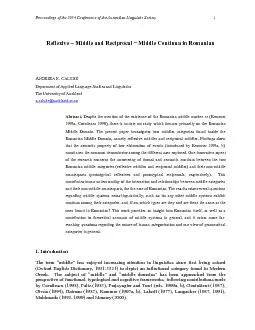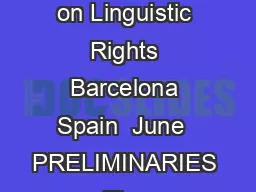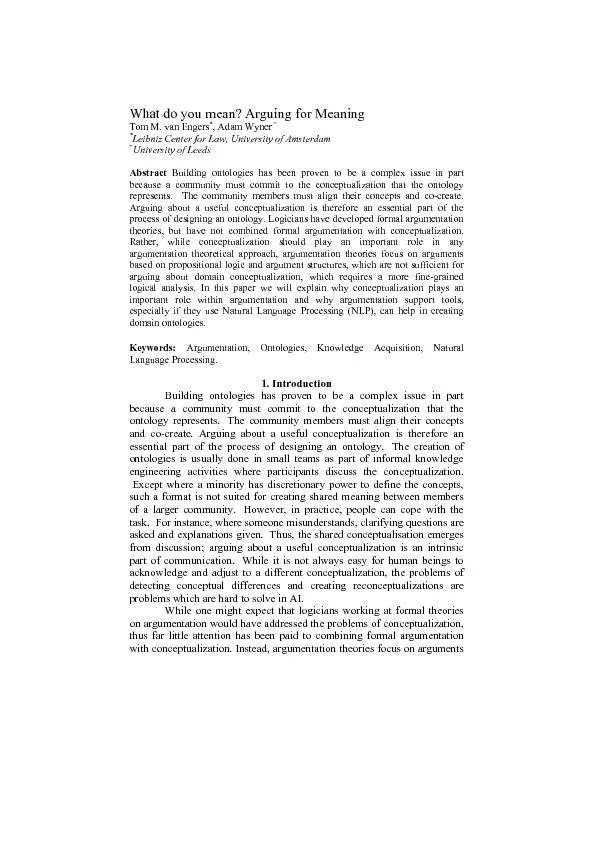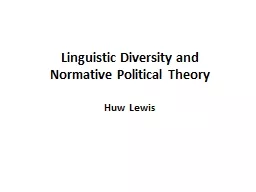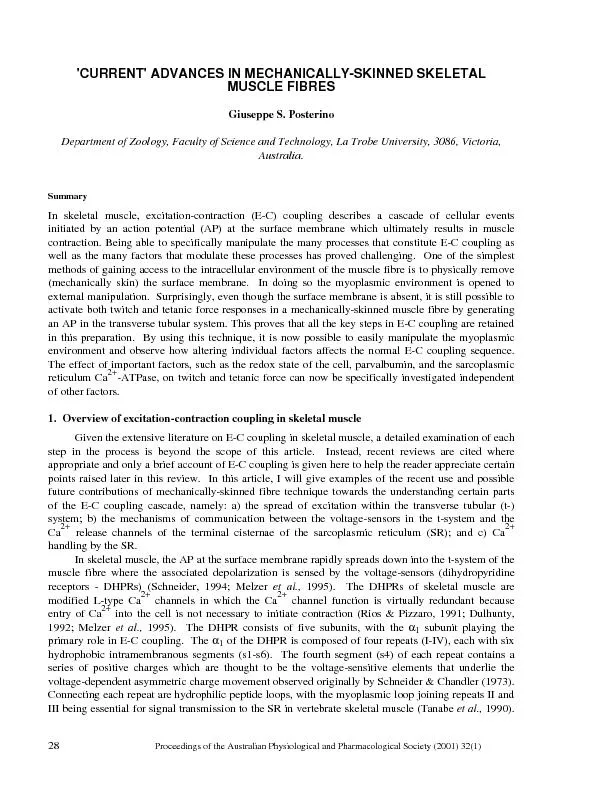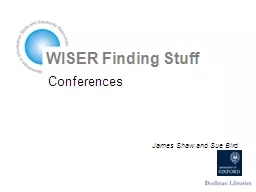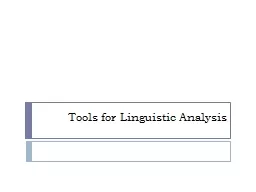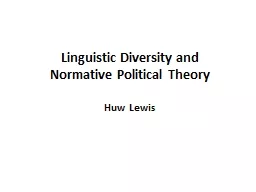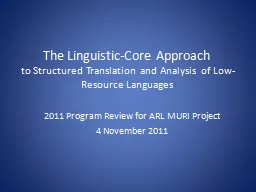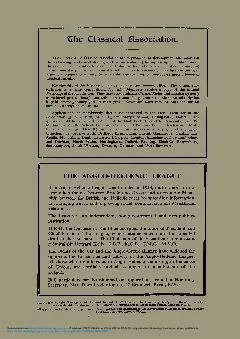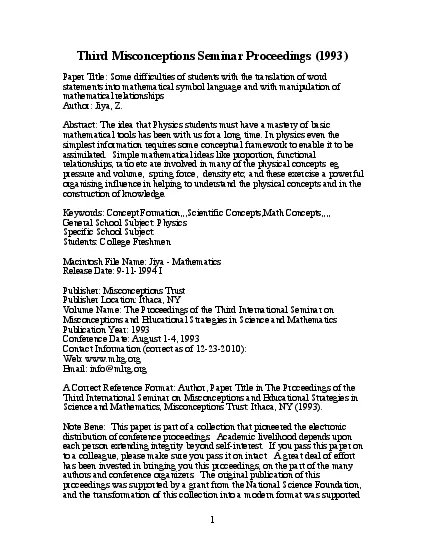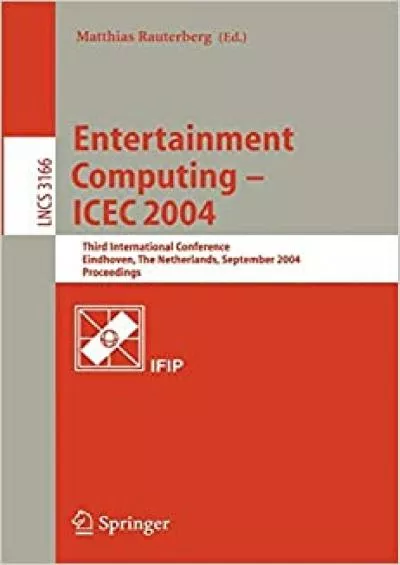PDF-Proceedings of the 2004 Conference of the Australian Linguistic Societ
Author : karlyn-bohler | Published Date : 2015-09-05
Abstract Despite the mention of the existe Proceedings of the 2004 Conference of the Australian Linguistic Society The present work investigates two middles categories
Presentation Embed Code
Download Presentation
Download Presentation The PPT/PDF document "Proceedings of the 2004 Conference of th..." is the property of its rightful owner. Permission is granted to download and print the materials on this website for personal, non-commercial use only, and to display it on your personal computer provided you do not modify the materials and that you retain all copyright notices contained in the materials. By downloading content from our website, you accept the terms of this agreement.
Proceedings of the 2004 Conference of the Australian Linguistic Societ: Transcript
Download Rules Of Document
"Proceedings of the 2004 Conference of the Australian Linguistic Societ"The content belongs to its owner. You may download and print it for personal use, without modification, and keep all copyright notices. By downloading, you agree to these terms.
Related Documents

